Violence Increasing In Afghanistan
While most Americans’ attention is focused, understandably, on the Gulf Coast, a new United Nations report suggests that the situation on the ground in Afghanistan is deteriorating rapidly:
KABUL, Afghanistan — With an average of an assassination a day and a suicide bombing every second or third day, insurgents have greatly increased the level of violence in Afghanistan, and have become by far the biggest killers of civilians here, the United Nations said in a report released publicly on Saturday.
The report also confirms statistics from the NATO coalition, which claimed a continuing decrease in civilian deaths caused by the United States military and its allies. At the same time it blames stepped-up military operations for an overall increase in the violence.
Especially alarming were increases in suicide bombings and assassinations of government officials in a three-month period ending June 16, and a near-doubling of roadside bombings for the first four months of 2010 compared with the same period in 2009.
“The number of security incidents increased significantly, compared to previous years and contrary to seasonal trends,” the report said, adding that most of this was a consequence of military operations in the southern part of the country, particularly Helmand and Kandahar Provinces, where increased NATO military operations have been under way since February.
Most victims of the increased violence continue to be civilians, and the proportion of those killed by insurgents, rather than the government or its NATO allies, rose to 70 percent from mid-March through mid-June. In the previous three months, the United Nations blamed insurgents for 67 percent of civilian deaths.
The most striking change has been in suicide bombings, whose numbers have tripled this year compared with 2009. Such attacks now take place an average of three times a week compared with once a week before. In addition, two of three of those suicide attacks are considered “complex,” in which attackers use a suicide bomb as well as other weapons. Half the suicide attacks, the United Nations said, occur in southern Afghanistan.
“The shift to more complex suicide attacks demonstrates a growing capability of the local terrorist networks linked to Al Qaeda,” the report said.
It depicted a concerted effort by insurgents to deliberately single out civilians. “Insurgents followed up their threats against the civilian population with, on average, seven assassinations every week, the majority of which were conducted in the south and southeast regions,” it said.
This represented a 45 percent increase in assassinations over 2009.
A third of all violent episodes were from improvised explosive devices or roadside bombs placed by the insurgents. The number of such devices rose by 94 percent from January through April 2010 compared with the same period in 2009, which “constitutes an alarming trend,” the report said. The decline in civilian casualties attributed to NATO and government forces continued a trend seen since last year, despite the increased tempo of the conflict this year, particularly in the south.
To some extent, it appears that the Taliban and various other opposition groups in Afghanistan are starting to adopt the tactics used by the insurgency in Iraq in 2002-03. It also seems to be focused mostly on undermining civilian support for and confidence in the Karzai government.
It also raises, yet again, the question of exactly what it is we’re doing in Afghanistan. As time goes on, it seems as though we’re there more to prop up an unstable, unpopular government that doesn’t seem to control much of anything outside of Kabul rather than to fight al Qaeda and Afghanistan. If that’s the case, then it’s very different mission from the one that was sold to the American public in October 2001, or earlier this year when President Obama announced his “new” strategy for the war.
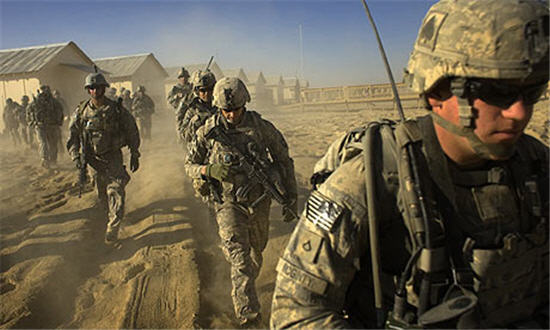

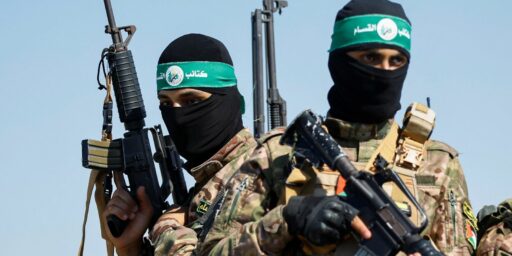
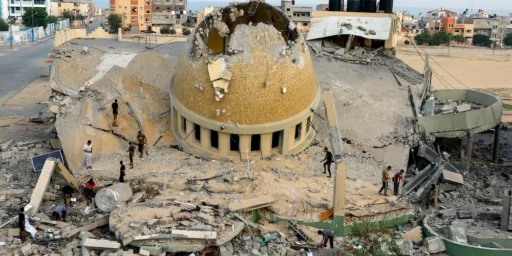
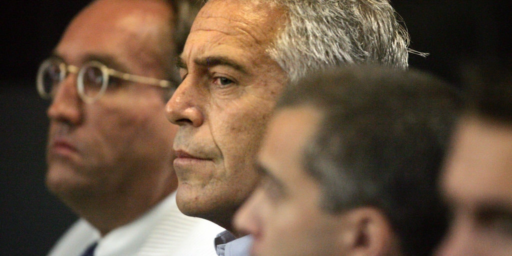

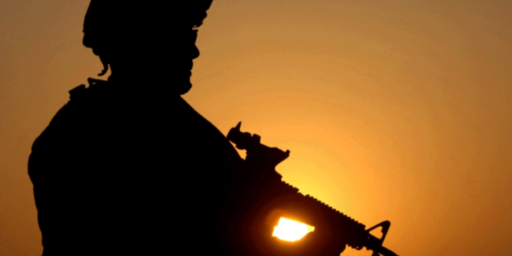
I would say the number one mission is to fill the void in Afghanistan. It is either us or Al Qaeda. The side benefit is to support a stable government. However, the government does not and never controlled all parts of Afghanistan. It makes our objective very tough. We abandoned our mission in Afghanistan by going to Iraq in 2003, and today, we are paying the price for that. Who knows what new strategies are. We are dealing with something that is nearly impossible to do. I see no way of leaving Afghanistan and we have a similar void in Pakistan where Al Qaeda is set up. Leaving Afghanistan would only give an approval of the existence of Al Qaeda.
“I would say the number one mission is to fill the void in Afghanistan. It is either us or Al Qaeda.”
That is simply false.
Davebo,
Can you expand? I think discussing the question of what our goals in Afghanistan should be is a very important conversation to have.
but we clearly are not filling the void now – how will this change? things appear to have gotten worse not better – it has been how many years now and in place we have a corrupt government with an inept, unmotivated afghan army (this was a story i read off the early bird today)
Your guess is as good as mine. We lost the momentum, we didn’t have enough troops, there is a corrupt government, you have tribal communities, and the terrain is hostile.
Let me guess… we need to do a “surge” to fix this, right?